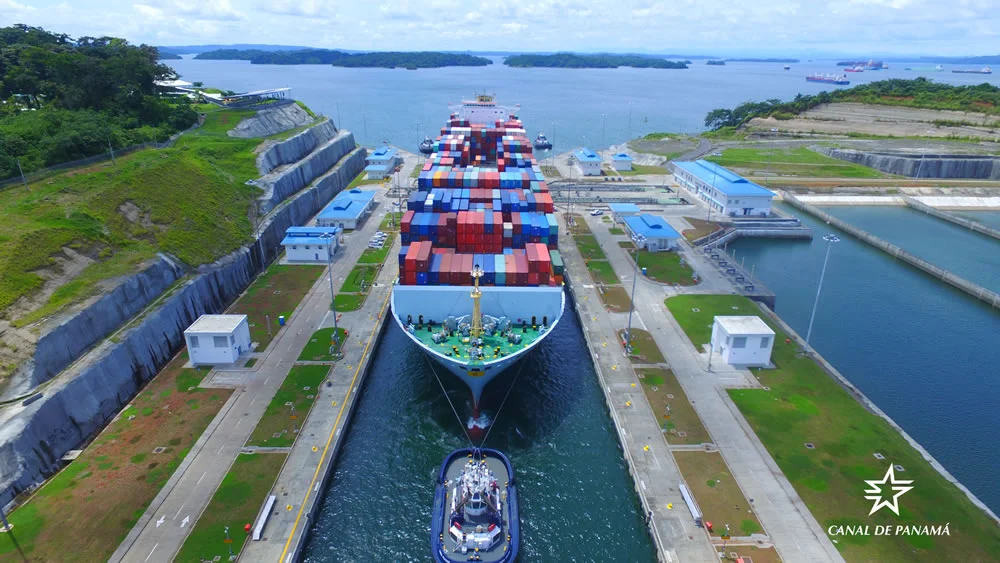The Panama Canal
Historical Information
The first firm effort to build an all-water route through Panama began with the French in 1880, but financial troubles and diseases made the initiative fail. After its independence in 1903, Panama negotiates an agreement with the United States for the construction of the Canal which the U.S. would finish on August 15, 1914 and then managed the waterway until 1999.
At noon on December 31, 1999, Panama took over full operation, administration and maintenance of the Canal, in compliance with the Torrijos-Carter Treaties negotiated with the United States in 1977.
The waterway is now managed by the Panama Canal Authority (ACP for its Spanish acronym), an autonomous government entity.
How Does it Work?
The Panama Canal serves as a maritime shortcut that saves time and costs in transporting all kinds of goods. The 80-kilometer waterway communicates the Atlantic and Pacific Oceans in one of the narrowest points of the American Continent.
Since its opening in 1914, more than one million ships from all over the world have transited the Canal. The historic millionth mark was reached on September 4, 2010 with the transit of the bulk carrier Fortune Plum.
The interoceanic waterway uses a system of locks with two lanes that operates as water elevators and raises the ships from sea level to the level of Gatun Lake, 26 meters above sea level, to allow the crossing though the Continental Divide, and then lowers the ships to sea level on the other side of the Isthmus.
The water used to raise and lower the vessels in each set of locks is obtained from Gatun Lake by gravity and poured into the locks through a main culvert system that extends under the locks chamber from the sidewalls and the center wall.
Canal Expansion
The Panama Canal Expansion Program began in September 2007. Its objective is to double the waterway's capacity to satisfy the increasing demand of world maritime trade. The Panama Canal Expansion was the largest infrastructure project in the waterway since its original construction. Work started in 2007 to add a third lane for the transit of bigger vessels, doubling the capacity of the Canal, having an impact on economies of scale and opening new markets.
To ensure the social and environmental feasibility of the project, the Expansion complied with the environmental impact studies that include mitigation measures such as reforestation, wildfire rescue and archaeological and paleontological rescue. Furthermore, the expansion helps mitigate climate change, reducing the global emissions of CO2 that result when using alternate longer routes.
Program Components:
A new 6.1 kilometer Pacific Access Channel, almost parallel to the original Canal navigational channel that joins the new Pacific Locks with the Culebra Cut.
The deepening and widening of the Canal entrances on the Pacific and Atlantic.
The deepening and widening of Gatun Lake and deepening of the Culebra Cut.
The elevation of Gatun Lake level.
The design and construction of the Third Set of Locks, which consists in the construction of two new locks complexes, one on the Pacific and the other on the Atlantic, with three chambers, water-saving basins, a lateral filling and emptying system and rolling gates.



